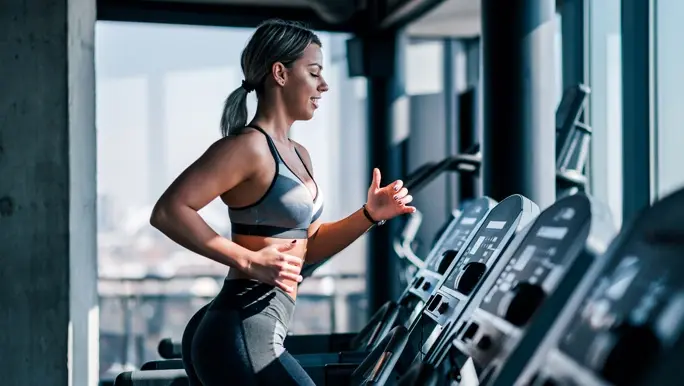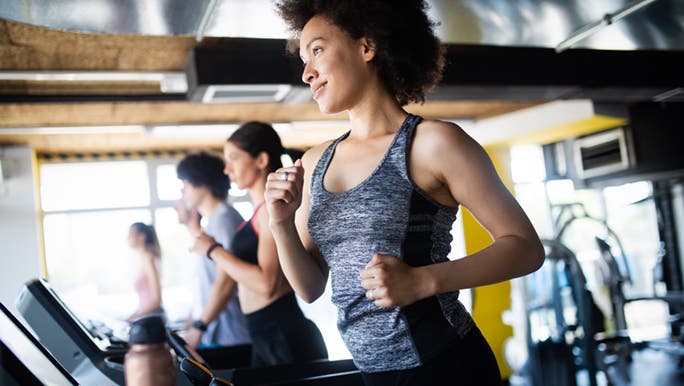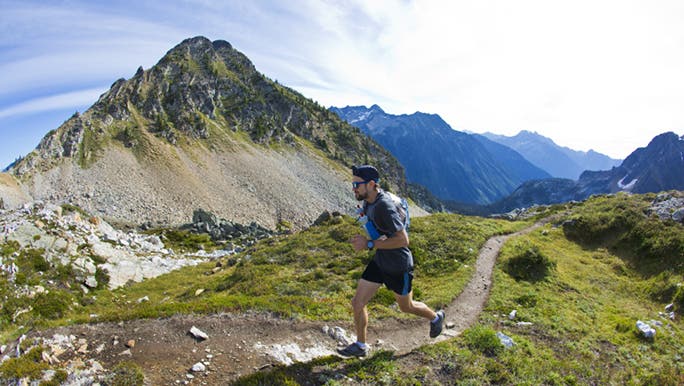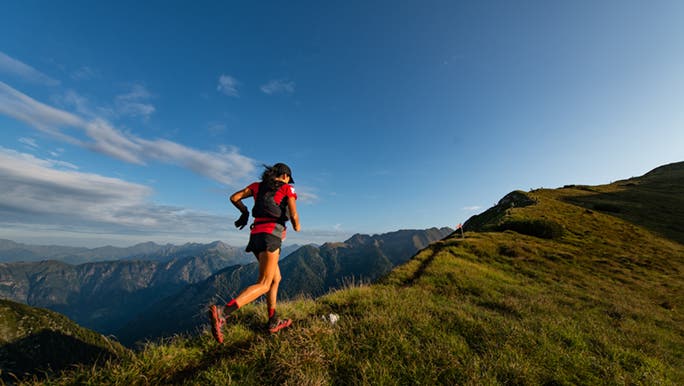Are altitude training gyms worth the hype?

Key Points
- Simulated altitude training attempts to mimic working out at higher altitudes.
- You need to spend enough time exposed to high altitudes to actually see any benefits from altitude training.
- Ultimately, it’s your choice whether you want to try simulated altitude training at an altitude gym.
Altitude training became popular among endurance athletes after the 1968 Summer Olympic Games. Held in Mexico City, at an altitude of around 2,300m above sea level, these games soon clearly demonstrated that the altitude-acclimatised athletes dominated their competition.
Fast forward to the present, and altitude training is no longer the sole domain of elite athletes. It’s now easily accessible to the rest of us mere mortals. We just need to head to one of the many ‘altitude gyms’ popping up around the country that offer a simulated altitude training experience.
Or do we? The gyms that offer simulated altitude training are definitely creating some buzz, but do they actually live up to their lofty fitness promises?
We decided to investigate the concept of simulated altitude training, and explore whether training in an altitude gym is worth the hype.

Simulated altitude training is designed to mimic working out at higher altitudes.
What is simulated altitude training?
Simulated altitude training is designed to mimic working out at higher altitudes. Typically, altitude is simulated using:
- hypoxic training chambers, rooms and tents in which the air has lower oxygen levels (the most common training method in altitude gyms).
- altitude training equipment, such as elevation training masks that restrict airflow
Why would anyone want to train this way? To answer this, it’s useful to understand what altitude is, how it impacts our bodies and how altitude training might help. Let’s dive in.
Understanding why altitude affects sports performance

What is functional training?
Functional training replicates activities you do in everyday life. But why is that important? Our expert explains.
Altitude is a measure of your distance above sea level. As you get higher above sea level, the air pressure gets lower.
This is important because lower air pressure gives the oxygen molecules in the air more freedom to spread out. As a result, the same volume of air (for example, the amount you’d normally draw in during a single breath) contains fewer oxygen molecules.
And since our bodies need oxygen to provide energy, lower oxygen levels can make a real difference to sports performance.
How altitude can impact our bodies
Initially, our bodies respond to the lower oxygen levels by taking deeper, faster breaths to try and increase our oxygen uptake. We also have to work harder to make up for the reduced number of oxygen molecules in each breath.
However, despite this response, we’ll generally experience hypoxia at higher altitudes, which means we don’t have enough oxygen reaching the cells that need it. And once we get above 2500m, if we ascend too quickly, our bodies can’t adjust, and we may develop altitude sickness.
But if we give our bodies more time to adjust to a higher altitude, they can acclimatise by increasing:
- our levels of haemoglobin: the proteins in our red blood cells that transport oxygen to the cells that use it
- our ratios of blood vessels to muscle mass: so more of our oxygenated blood can reach the cells in those muscles
In theory, these changes should help our bodies to “transport the limited oxygen better” than when we first arrived at this altitude.

Traditionally, altitude training involves both living and training at higher altitudes between 1500m and 3000m.
Altitude training
Traditionally, altitude training involves both living and training at higher altitudes between 1500m and 3000m. However, some people take a different approach that involves living at higher altitudes while continuing to train at lower altitudes.
Either way, some of the advantages of altitude training are that it may allow athletes (or others like mountaineers and trekkers) to:
- better prepare for competitions or expeditions at the same altitude
- enhance their performance at lower altitudes, since the same amount of oxygen will reach their muscles more efficiently
However, there are disadvantages to traditional altitude training too, including:
- The difficulty and expense of living at a high altitude: many people don’t live close to suitable locations, so they have to spend money on travel and accommodation.
- The time it takes to generate more red blood cells: red blood cell count may not increase until at least ten days of altitude exposure. That’s why many athletes spend at least three to four weeks living at altitude for their training.
- The risk of developing altitude sickness: symptoms of this condition range from headaches and lethargy to far more serious effects.
- The temporary nature of any benefits: potential enhancements in performance can fade over time at sea level unless you repeat the altitude training.
So altitude training gyms: yea or nay?

What are the benefits of lifting weights?
Wondering why you should lift weights? How does increasing your flexibility sound? We were surprised too!
Let’s say that traditional altitude training can potentially improve your performance. So why wouldn't training in simulated altitude at a gym do the same thing?
Our expert personal trainer, Gabrielle Petterwood, provides some insight into the difference between simulation and reality.
“For real physiological adaptation, athletes go to a high altitude and actually live in that environment. You need to spend enough time being exposed to altitude to actually see the benefits of altitude training,” explains Gabrielle.
Research suggests that you’d need to spend at least 12 hours every day in a high-altitude environment to experience the benefits. However, there’s no one-size-fits-all for optimal altitude exposure time as everyone responds differently.
Gabrielle also says that there’s limited research on the impacts of non-athletes training in altitude gyms, especially for short periods such as a one-hour class.
Ultimately, she concludes, the choice about whether you want to try simulated altitude training at an altitude gym is yours. “If it's something that you really want to include in your fitness routine, I don't see any real negatives to altitude training. All I’d recommend is that people do their own research first.”

There's limited research on the impacts of non-athletes training in altitude gyms, especially for short periods such as a one-hour class.
Choose your own fitness adventure
If you’re not an elite athlete, the best training style is always doing a form of movement that you enjoy. After all, as Gabrielle says, “if you enjoy something, you’re going to keep doing it.”
So maybe you love functional fitness training or doing a barre class. Or perhaps the benefits of walking and running are more suitable for your fitness goals.
Regardless, if you’re still easing into fitness, it’s a good idea to take things slow and steady to build up your overall health and fitness. Some exercises like yoga can be as challenging or gentle as you want them to be. (And you could even try yoga poses that may help with digestion or pelvic floor strengthening.)
And of course, speak to a health professional if you have any exercise concerns or underlying health conditions that a new training style may impact.
Related:
- When to use heat and when to use ice for back pain
- When should you stretch and why?
- Is yoga exercise?
Gabrielle Petterwood is a Personal Trainer with a holistic approach to fitness, nourishing the body with fresh foods and living a healthy and balanced lifestyle to realise full body health.
Reviewed by the healthylife Advisory Board April 2022.
This article is for informational purposes only and does not provide medical advice, diagnosis, or treatment. Any information published on this website or by this brand is not intended as a substitute for medical advice. If you have any concerns or questions about your health you should consult with a health professional.